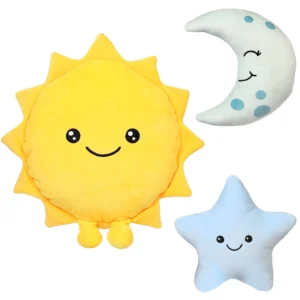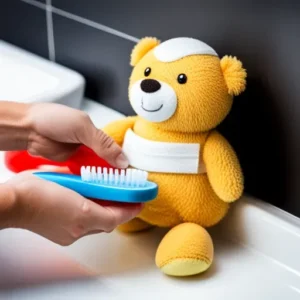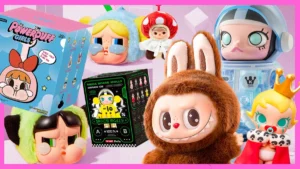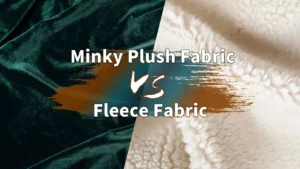A good plush toy is more than just soft fabric and stuffing. It combines durability, safety, and appealing design to become a lasting companion for children and collectors alike.
High-quality plush toys rely on strong, soft materials, expert stitching, strict safety certifications, and innovative design. Customization helps brands stand out, while efficient manufacturing balances quality with cost. These factors create plush toys that delight customers and succeed in competitive markets.
Let’s explore the essential elements that make a plush toy truly great.
1.What material characteristics ensure durability and softness in plush toys?

Material choice is the foundation of a quality plush toy. Fabrics must be soft to invite cuddling but also durable enough to withstand play, washing, and repeated handling.
The best plush toys use fabrics like velboa, minky, or microfiber, which combine softness with resilience. Fillings such as PP cotton or recycled polyester add volume while maintaining shape and comfort. These materials meet safety standards and offer hypoallergenic properties.
- Fabric type: Synthetic fibers like polyester offer softness and easy maintenance.
- Pile length and density: Shorter, denser piles tend to resist matting and wear.
- Filling quality: High-quality PP cotton provides bounce and safety.
- Hypoallergenic materials: Protect sensitive skin and enhance safety.
| Material Factor | Benefit | Consumer Impact |
|---|---|---|
| Soft, durable fabric | Comfort and longevity | Longer-lasting toys |
| Quality filling | Maintains shape and safety | Cuddly feel without lumping |
| Hypoallergenic | Safe for children | Reduces allergic reactions |
Choosing the right materials builds a plush toy’s reputation for quality.
2.How does stitching quality affect the longevity and safety of plush toys?
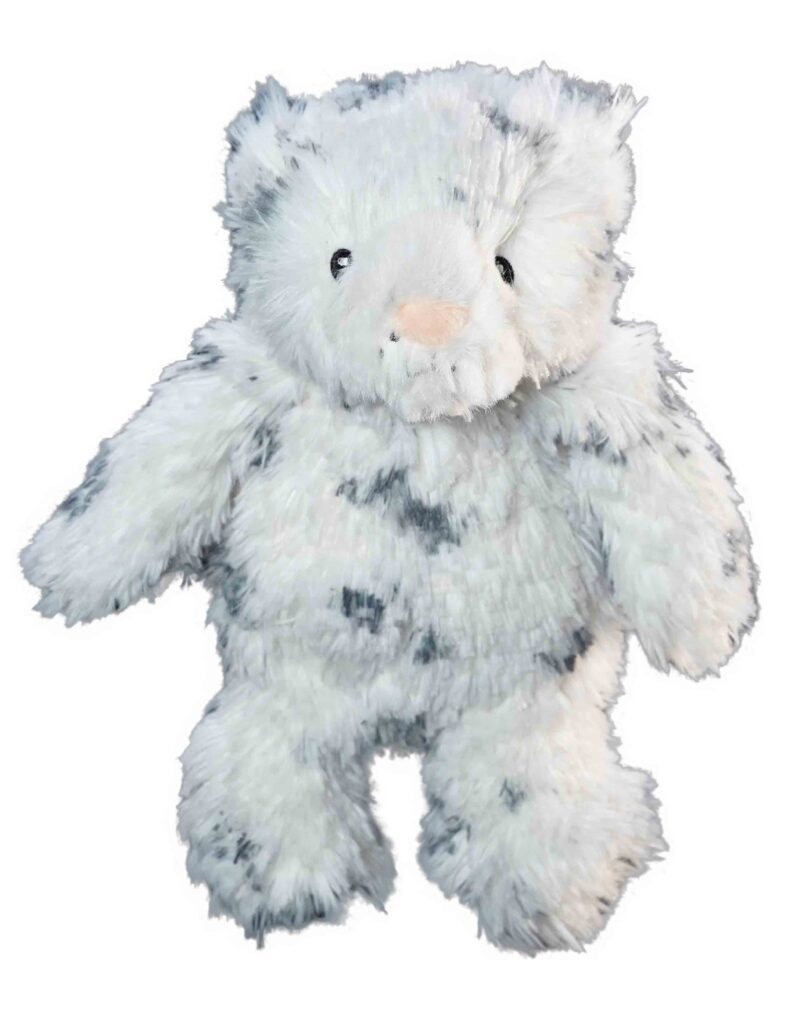
Stitching holds a plush toy together. Weak seams can cause stuffing to leak, posing safety risks, and shorten the toy’s usable life.
High-quality plush toys feature double or lock stitching on all seams. Reinforced stitching in stress areas like limbs prevents tearing. Skilled stitching not only improves durability but also prevents choking hazards from exposed stuffing.
- Double stitching: Strengthens seams against pulling and tearing.
- Lock stitching: Stops seams from unraveling, even under stress.
- Reinforcement: Extra stitching at joints or handles improves durability.
- Safety: Proper stitching prevents loose fibers and exposed filling.
| Stitching Technique | Durability Benefit | Safety Impact |
|---|---|---|
| Double stitching | Stronger seams | Prevents stuffing leaks |
| Lock stitching | Seam integrity | Avoids choking hazards |
| Reinforced areas | Handles stress points | Enhances toy lifespan |
Attention to stitching details guarantees plush toys that last and stay safe.
3.Which safety certifications are crucial for plush toy manufacturers to comply with?
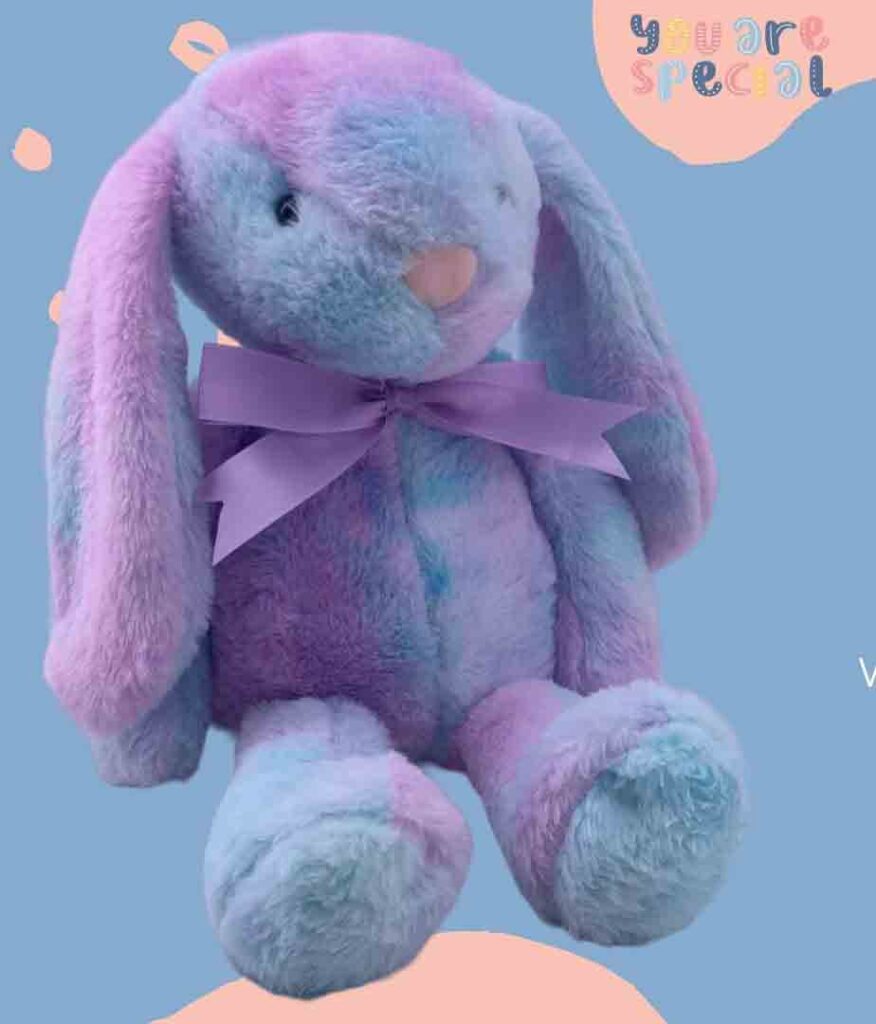
Safety certifications prove that plush toys meet legal and industry standards. ASTM F963 (USA), CE (Europe), and CPSIA (USA) are some key certifications that manufacturers must follow.
These certifications cover chemical safety, mechanical hazards, flammability, and labeling accuracy. Compliance protects children and assures retailers and consumers of product quality and safety.
- ASTM F963: U.S. standard covering toy safety including toxic substances and choking hazards.
- CE Mark: European requirement confirming product safety and compliance.
- CPSIA: U.S. regulation focusing on chemical content and tracking.
- Labeling: Accurate age recommendations and care instructions.
| Certification | Scope | Impact on Production |
|---|---|---|
| ASTM F963 | Material and mechanical safety | Testing and quality control |
| CE | European market compliance | Material choice and design |
| CPSIA | Chemical safety and tracking | Documentation and testing |
Certifications are essential to enter major markets and build trust.
4.How does design innovation enhance the appeal of plush toys to different markets?
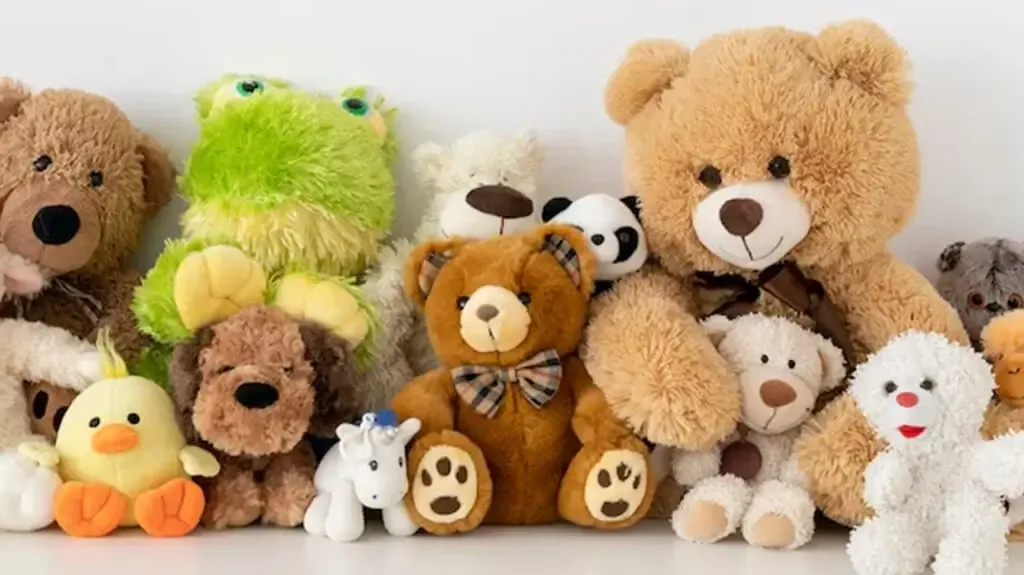
Creative design attracts buyers and sets brands apart. Innovations in shapes, textures, and interactive features boost plush toy appeal.
Designers now incorporate multi-textures, sensory elements, and culturally relevant themes. Unique expressions and ergonomic shapes engage kids and collectors, making plush toys memorable and marketable globally.
- Multi-texture fabrics: Combine smooth and fluffy areas for tactile interest.
- Interactive features: Sounds, lights, or scents enrich play experience.
- Ergonomic shapes: Toys sized for small hands improve usability.
- Cultural themes: Designs reflecting local stories and preferences boost relevance.
| Design Element | Market Benefit | Consumer Appeal |
|---|---|---|
| Multi-texture | Sensory stimulation | Engages children’s senses |
| Interactive features | Enhanced play value | Increases toy desirability |
| Ergonomic shape | Comfort and ease of use | Supports emotional bonding |
| Cultural themes | Localized appeal | Increases market acceptance |
Innovative designs create emotional connections and sales momentum.
5.What role does customization play in meeting client and consumer demands?

Customization allows buyers to personalize plush toys, catering to niche markets and special occasions.
Offering options like embroidery, color choices, and packaging styles helps brands differentiate and connect with consumers. Customized plush toys perform well in promotional campaigns and gift markets.
- Brand identity: Embroidered logos strengthen recognition.
- Market segmentation: Color and theme choices target specific demographics.
- Special occasions: Custom packaging and messages enhance gifting appeal.
- Unique features: Personalized scents or sounds increase product uniqueness.
| Customization Type | Client Advantage | Consumer Benefit |
|---|---|---|
| Logo embroidery | Brand visibility | Personal connection |
| Color selection | Targeted marketing | Product relevance |
| Custom packaging | Retail impact | Attractive gifting |
| Sensory add-ons | Differentiation | Enhanced experience |
Customization drives customer loyalty and opens new sales channels.
6.How can manufacturers balance cost-efficiency with high-quality production standards?
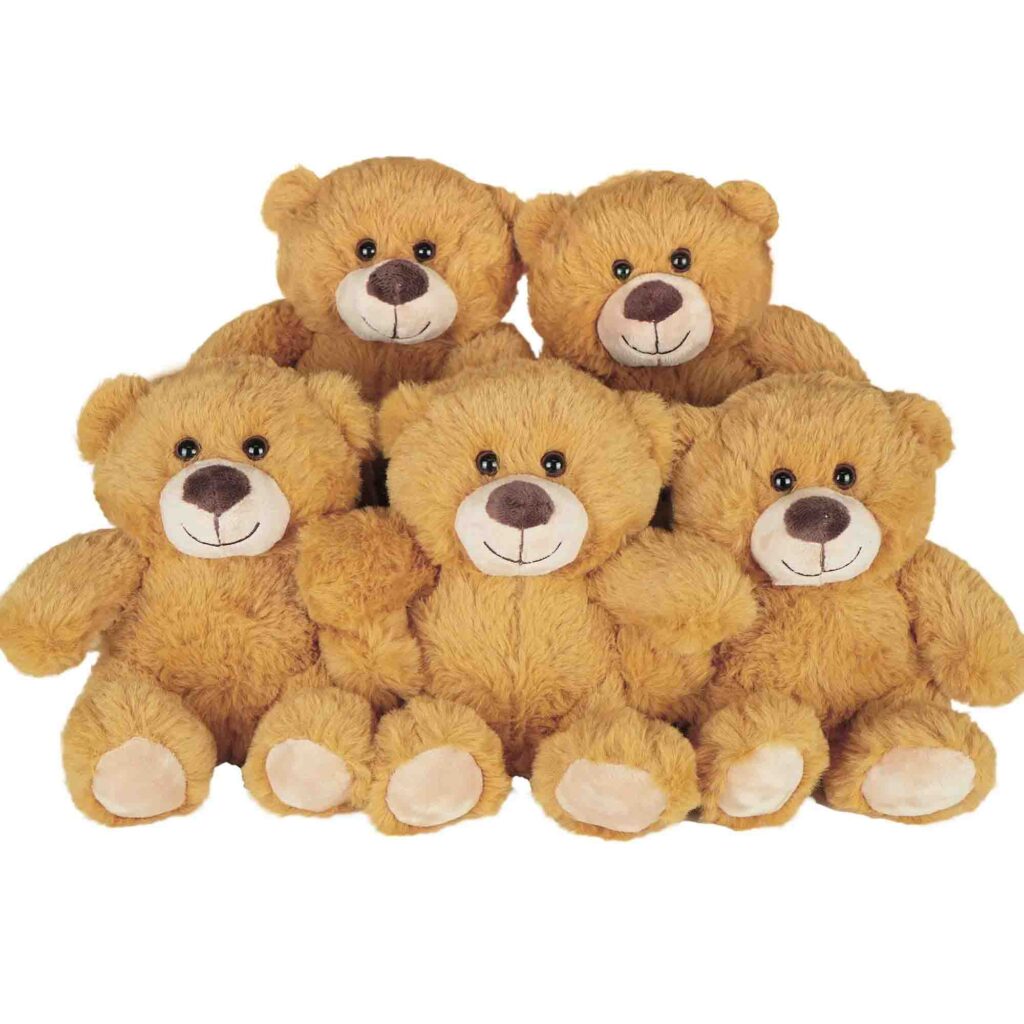
Balancing quality and cost is crucial for profitability. Smart sourcing, lean manufacturing, and clear quality guidelines help optimize this balance.
Manufacturers can use durable yet affordable materials, automate processes where possible, and focus on essential features to keep costs down while maintaining plush toy excellence.
- Material choice: Opt for blends that offer durability without premium cost.
- Process automation: Speeds production and reduces labor costs.
- Supplier partnerships: Reliable sourcing ensures consistent quality and pricing.
- Feature prioritization: Focus on safety and comfort, limiting luxury extras.
| Strategy | Impact | Business Outcome |
|---|---|---|
| Smart material sourcing | Controls raw material costs | Maintains quality |
| Automation | Reduces labor expenses | Increases production speed |
| Supplier management | Ensures reliability | Minimizes defects |
| Feature focus | Avoids unnecessary costs | Meets market expectations |
Efficient production supports competitive pricing and satisfied clients.
Conclusion
A good plush toy results from combining soft durable materials, expert stitching, strict safety, innovative design, customization, and efficient manufacturing.
For expert plush toy manufacturing services, contact [email protected] or visit Kinwin Plush Toys.




